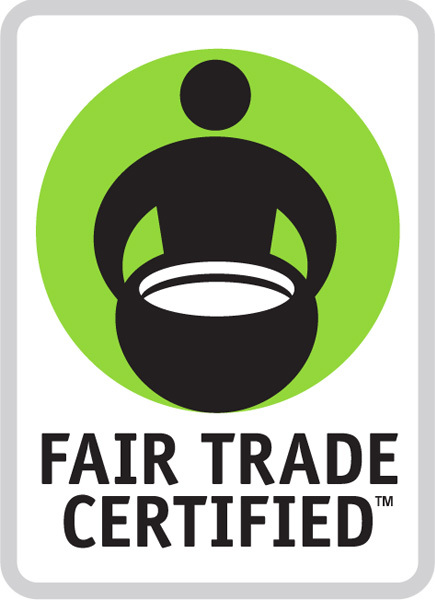Fair Trade: Fare Thee Well?
|
BY ELISA BIRNBAUM See Change Magazine |
| ON SEPTEMBER 05, 2012 |
|
While on assignment in Costa Rica recently, I toured a fair trade-certified coffee cooperative. After witnessing the rigorous work that went into producing each aromatic cup of my beloved beverage, I met with workers on the ground, hearing firsthand their assessment of fair trade. The reviews were positive, one man even calling it a blessing for their families and livelihoods, with the help of vigorous hand motions and an interpreter. But I was still left wondering. Sure, fair trade has made inroads, but is it doing enough? Even if we focus specifically on coffee, is certification meeting the needs of producers, workers and buyers? The question is particularly timely considering a kerfuffle last year, wherebyFair Trade USA resigned its membership from Fairtrade Labelling Organizations International (FLO), today the world’s most widely recognized fair trade labeling organization, and created an independent entity. The ensuing rift sent shockwaves through the fair trade community, with opponents and proponents equally vocal in their response, and the undecided left scratching their heads. What is fair trade? Fair trade, the business, the principles, the approach have received a lot of attention lately. It’s no wonder. With environmental sustainability on the lips of many and with producers of so many products – coffee, flowers, bananas, tea, cocoa, cotton, sugar, etc. – working in the developing world, where two billion people live in poverty, the pursuit of ethical business and purchasing practices makes sense. Over the years, various initiatives were established to answer that call. In 1997, FLO brought many under one umbrella, creating worldwide standards and certification. In 2002, it launched FLO-CERT, an independent body that inspects and certifies producer organizations and audits traders. According to FLO (which became Fairtrade International in 2011), more than 1.2 million producers and workers in 58 developing countries now benefit from global Fairtrade sales, which have been growing at an average of 31 percent per year over the last five years. There are now over 27 000 Fairtrade labelled products sold in more than 115 countries. Fair trade can reach farther Sounds positive, right? Perhaps. In fact, despite the break-up, Fair Trade USA chief impact officer, Mary Jo Cook is quick to assert, “We’re united by a common mission to alleviate poverty through trade and to promote sustainable development.” But, she explains, after trying for several years to innovate within the FLO model, the group felt it had no choice but to leave. Why, you ask? In a nutshell, Fair Trade USA - led by outspoken president and CEO, Paul Rice - believes fair trade can do better. There are two billion people living on less than two dollars a day and the traditional fair trade model reaches less than 1% of them, explains Cook. The organization’s renewed vision, Fair Trade for All, is focused on inclusivity, investing in cooperatives, and promoting customer engagement, all with the hope of doubling fair trade’s impact by 2015. “Fair trade can be a big part of the solution; it just has to reach more people,” says Cook. Continue reading article on SeeChangeMagazine.com
|

